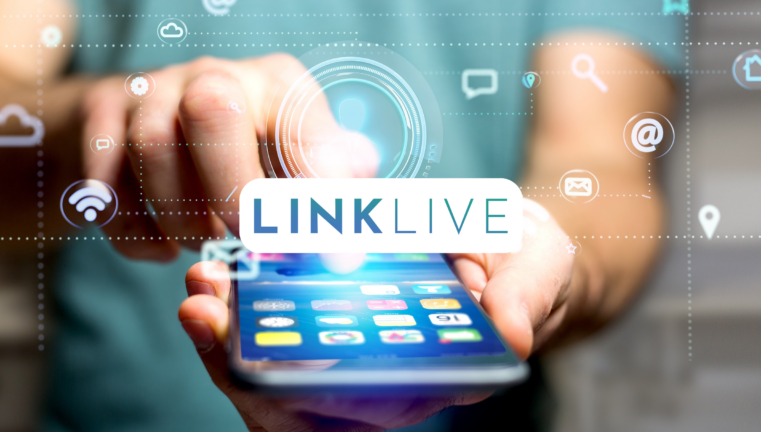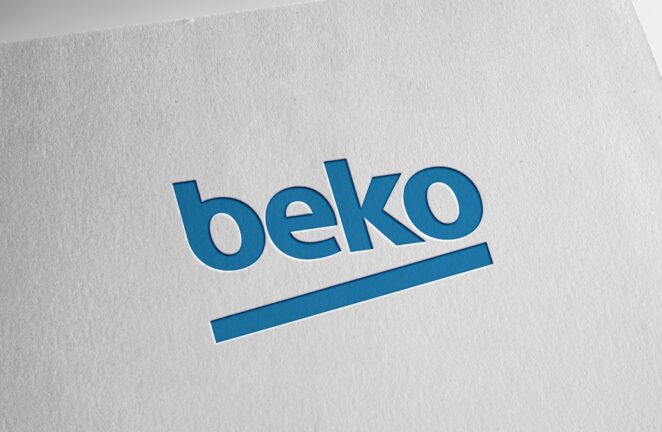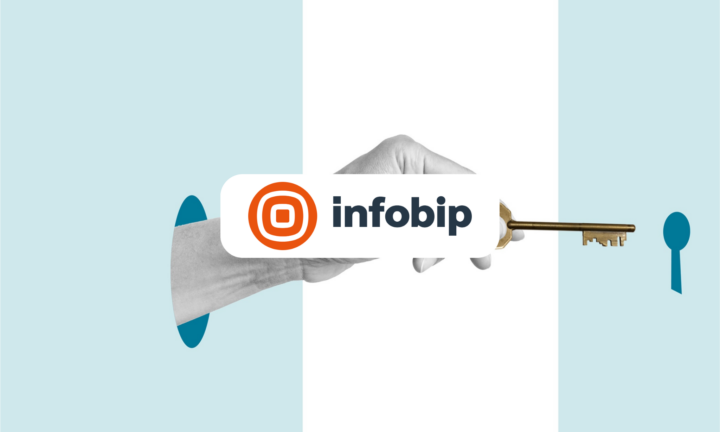Why does consistently churning out a high volume of winning proposals seem so effortless for some companies and such a laborious, time-consuming slog for others? Because I’m in the customer relationship-building business, it’s a question I frequently hear from executives as they seek ways to improve their organization’s business development performance and their bottom line.
In most cases, I’ll first mention the endgame, which is to identify the pursuits that are best for a business, then give marketers the tools and time they need to craft the best submittals possible for those opportunities. Then I’ll explain how that’s achieved by speeding up some of the repetitive, time-consuming tasks associated with generating submittals. That, in turn, will give proposal teams time to focus on the strategic, creative stuff and deliver super-targeted submittals that put their firm in the best light to win a specific pursuit.
Essentially, companies excel at winning projects because they have synthesized the art and science of proposal creation into a fine-tuned process that uses automation strategically to complement the all-important human touch and nuance that tends to distinguish winning proposals from the crowd.
As powerful a tool as automation can be for a huge range of business processes and applications here in the age of artificial intelligence and machine learning, creating proposals and answering submissions is one area where it’s really proving its value, especially to companies that know when and where to apply it. Here are five recommendations for where to focus your automation efforts and investments in the context of creating proposals:
1. Lean on automated tools to build and curate an asset library.
Instead of trying to chase down information scattered across multiple systems, teams, and people, automation can dial in the proposal-generation process by compiling a single, query-able database that brings information from all your organization’s project, financial, and HR systems into an easily accessible marketing and proposal asset library.
The asset library serves as a single source of data truth from which to draw information such as project experience, personnel résumés, technical and professional qualifications, registrations, and certifications, along with firm details and other relevant information.
With access to this comprehensive asset library, people know exactly where to find the data they need, so they won’t have to repeatedly pester project managers and company leaders to spend their valuable time hunting for info.
2. In applying automation tools, prioritize replacing repetitive, rote manual processes.
Automation can enable your proposal-creation teams to easily gather submission information and collateral (from the aforementioned asset library), sparing them some of the redundant information-gathering and data-entry entry tasks associated with submissions. This, in turn, enables them to easily manage all the moving parts involved in a submission, so they can focus on what they do best: thinking strategically, building and deepening relationships, and crafting the most critical, nuanced parts of a proposal.
Creating winning proposals is about storytelling and weaving in custom-tailored content that makes a positive emotional connection with a potential customer. AI tools like ChatGPT are great for some things but not for generating the critical handcrafted parts of a proposal.
Bottom line: When creating proposals, you don’t want to automate away the interpersonal, relational, and emotional stuff that can really set your organization apart. The goal isn’t to create a submission assembly line where all your proposals follow a similar formula but rather to ensure each submission is original, nuanced, and highly tailored to the needs of the customer.
3. Use automation to streamline the desktop publishing process.
Automation tools can find reusable proposal assets such as firm profiles, a description of services, personnel information, past project information, market overviews, and company policies, then bring them into your preferred proposal-creation software (Microsoft Word, Adobe InDesign, etc.) in the desired order, so you don’t have to recreate this kind of content from scratch each and every time. Here’s another way to free up your business development and marketing people to focus on strategy and relationship-building instead of content-building.
4. Rely on automation to help scale your company's proposal-generation capacity.
Our in-house research suggests that automation capabilities (such as those embedded in some customer relationship management (CRM) platforms) can cut the time spent creating proposals by 70%. Your teams can use that extra time to crank out more proposals that generate business and fuel growth for a company.
5. Use automation to help your company meet — or surpass — customer expectations, and generate more business as a result.
A company that can consistently deliver high-quality proposals that conform to all requirements and grab the customer in all the right ways, and deliver them ahead of submission deadlines, is bound to delight their customers. Here’s another way that automation can help fuel company growth.
As our own benchmarking report recently documented, there is an undeniable connection between a company’s proposal win rate and its use of automation and other intelligent technologies. In the architecture, engineering, and construction markets where we focus, we found, for example, that 17% of tech-forward firms land in the top quartile for proposal win rate in the last 12 months, compared to 9% of tech-static firms; more than one-quarter of tech-forward firms project a win rate exceeding 75% in the next 12 months, compared to 13% of tech-static firms that expect a win rate of more than 75%. Not surprisingly, these tech-forward companies tend to outperform their less tech-enabled peers in another critical area: profit margin.
Akshay Mahajan is general manager, AEC, at Unanet, a company that creates business software solutions for government contractors, and for architecture, engineering, construction and professional services firms.










